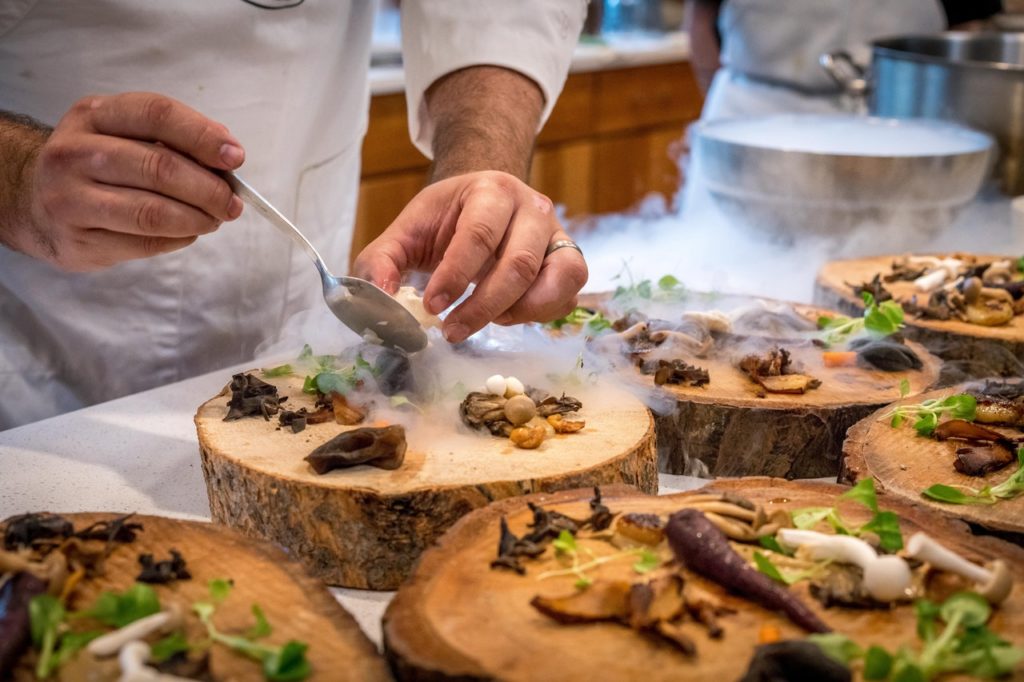There’s something simmering in your commercial kitchens, and it’s not the soup or the stew — it’s the long-standing, but subtle, feud between the front of house (FOH) and back of house (BOH) employees. It may not be apparent, but you know it’s there. And you know, too, that it doesn’t just happen in your establishment.
In fact, it’s a topic that’s often discussed by lovers of fine dining and restaurateurs themselves. After all, it affects not only employee dynamics but also the kind of services that reach your diners. Even though the two factions rely on each other to pull off a successful shift, the divide between them is too ingrained to let it fade on its own.
What are the pain points of this arrangement? And what can you, as a manager, do to ease them?
Sharing Perspectives: Understanding the Other Side
The FOH vs BOH story happens in many restaurants in the Philippines. Even if no food service equipment is thrown around, jabs, blame, and hurtful comments are free game.
It’s safe to assume, however, that the nature of their jobs is the root of the tension. It’s not solely the culture of the establishment or the personalities of the people involved that cause the divide.
Chris Hill, a noted restaurateur and writer, lists a few reasons for the rift:
- Wages – Hill observes that in most restaurants, the FOH crew makes more than their BOH counterparts. While this is not universally true in the Philippines, any sort of financial disparity between groups will cause tensions.
- Superiority of Skillset – The BOH feels as if their work requires skill and tends to dismiss the FOH tasks as easy. The FOH, meanwhile, thinks that the kitchen crew’s work is easier because they don’t have to face angry and hungry diners or take complaints in stride.
- Importance of the Job – The BOH might think that their work is more important because it’s more labor-intensive and demanding. The food they make is what the customers came here for, after all.
- A Naturally Stressful Environment – Restaurants — from the crew’s perspective — are neither relaxed nor chill. It’s a highly demanding and stressful environment. Despite extensive training, it still tests even the toughest employee.
With all these factors combined in a single shift (which usually breaches the 9-hour mark because of customers who stay late and intensive clean-up and prepping tasks), internal fights aren’t easy to avoid.
There’s not much you can do about their jobs; it will remain stressful, so long as your establishment enjoys robust foot traffic. You can, however, take several steps to make one more understanding and tolerant of the other.
Setting Standards Early

The culture of your establishment might not have caused the tensions, but it plays a huge role in nurturing a harmonious FOH-BOH relationship. In fact, you have to set the standards of discipline, behavior, and attitude as early as on-boarding. This way, it’s the only mindset a server or chef holds on to during his or her stay in your restaurant.
Here are a few reminders:
- Tame the Blame Culture – It’s easy for the chef to blame the wrong order on the server, and it’s easy for a server to blame a chef who didn’t listen. It’s imperative to make your workers understand that blaming anyone accomplishes nothing. Instead of compelling your workers to find the fault, encourage them to find ways to fix and solve.
- Hold Pre-Shift Tastings – Communication in a bustling and noisy kitchen is error-prone, so you have to brush up your servers’ knowledge right from the get-go. Hold tastings for your servers, so they know the ingredients and have a point of reference without having to ask the busy cooks.
- Set Clear Standards of Professionalism – Strict enforcement of professional behavior can help curb verbal sparring between the two factions. On top of that, violating rules should merit clear sanctions, while a good job deserves rewards.
Lastly, as cliché as it sounds, you have to lead by example. No favoritism, no unfair privileges or punishments. Your crew will learn how to appreciate the other group if you do, too.
The FOH-BOH relationship is always on a knife-edge. But with proper management, you can nurture a dynamic crew that respects each other’s line of work.

